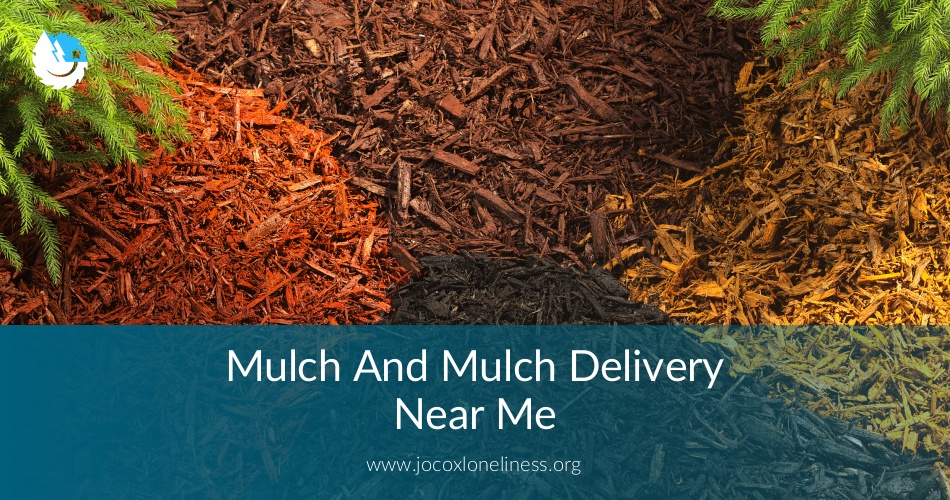

Stone dust is perfect for making slightly uneven surfaces flat and level.The benefits of Crushed Stone and Stone Dust Other less common uses for crushed stone as railroad track ballast, weed suppressor, and erosion control.

However, depending on your creativity, it can also be used for landscaping as a walkway, a driveway, a groundcover, and other similar applications. Its primary use is in road construction, where it serves as a composite material in asphalt, tarmac, and concrete. Most often, Stone Dust is used as a setting bed for bluestone, cobblestone, and other stone pavers, due to its ability to offer a smooth surface while at the same time supporting the weight of the stone.Īnother use for Stone Dust is agriculture, as it changes the pH levels and increases the fertility of the soil.Ĭrushed Stone closely resembles gravel however, crushed stone is made while gravel is created by naturally occurring erosion. It can be made from many different stones, such as limestone, granite, and similar, further increasing the spectrum of possibilities. The two can either come as a combination or be separated, allowing them to have many applications. However, Crushed Stone is a stone that has been run through a crushing machine which also creates Stone Dust as a byproduct. Crushed Stone and Stone dust have many different applications, but they also have many other names, which can get confusing.

Biomedia Soil (aka Bioretention or Rain Garden).


 0 kommentar(er)
0 kommentar(er)
